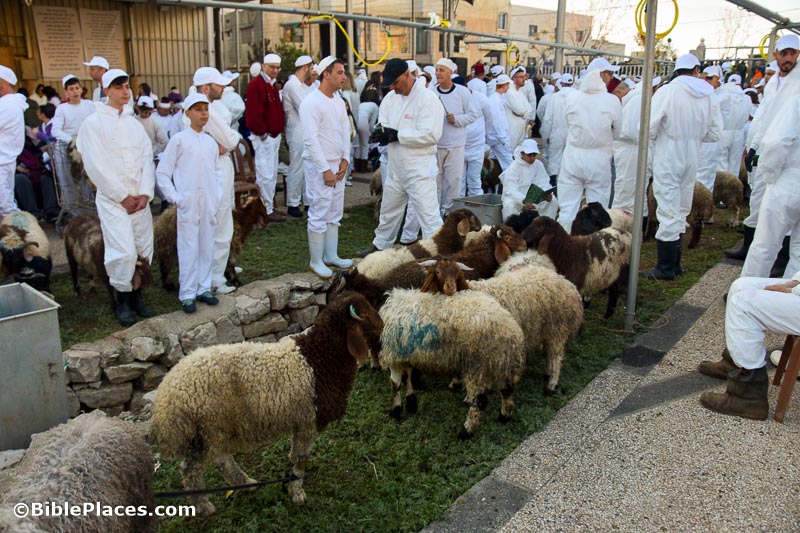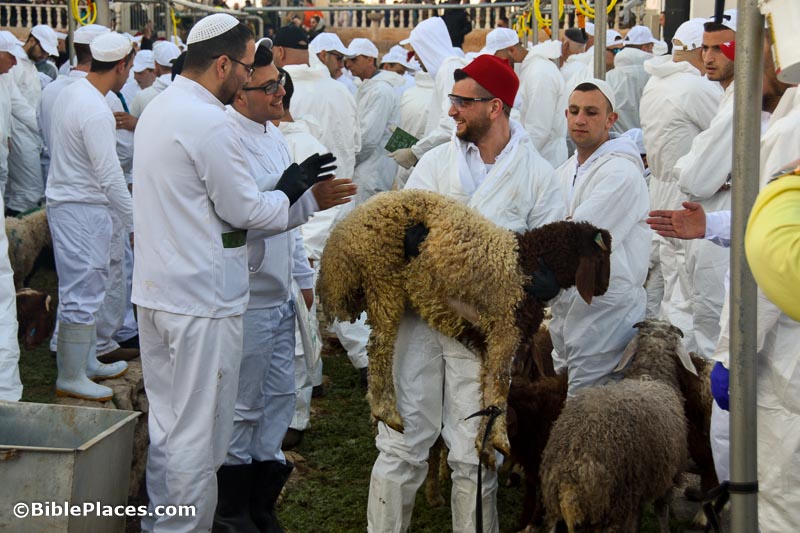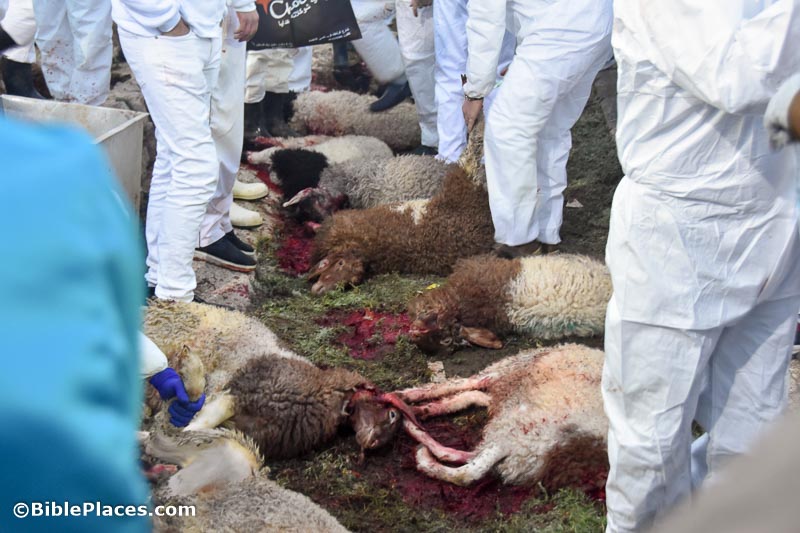Eggshells discovered in the City of David are the first evidence of chicken eggs used the diet of ancient Israelites.
A group of high schoolers discovered a rare gold coin from the time of Theodosius II (AD 420) on a class trip in Galilee.
A new archaeological visitor center has opened at Jokneam, at the base of Mount Carmel not far from Megiddo. The highlight is a 9th-century statue of the city’s ruler. There’s a slideshow on Facebook.
The partnership between Israel Finkelstein and Tel Aviv University physics professor Eli Piasetzky began when the latter was volunteering undercover at the Megiddo excavation.
The new Petra Museum has been inaugurated. It is located next to the main entrance to the site.
Flora Brooke Anthony provides examples of how Egyptians depicted in art their northern neighbors in the Levant.
Egypt’s Ministry of Antiquities Newsletter for March 2019 is now online.
Adriano Orsingher explains the purpose of Phoenician and Punic masks.
Salvage excavations in Larnaca, Cyprus, revealed more than 110 tombs from the Early Bronze to the Late Roman periods.
Lightning recently struck the Acropolis in Greece, closing it temporarily.
Emory University is receiving the Senusret Collection, “one of the most extensive collections of ancient Egyptian and Near Eastern artwork to be donated to a US museum.”
“Life Lessons from Israel: Dan” is the latest video produced by Biblical Israel Ministries & Tours.
Israel’s Good Name recounts his visit to Herodium.
Now is the time to register for the 2019 season at Tell es-Safi/Gath.
“The arched stone-built hall in Jerusalem venerated by Christians as the site of Jesus’ Last Supper has been digitally recreated by archaeologists using laser scanners and advanced photography.”
Carl Rasmussen’s posts this week focus on Jesus’s crucifixion, including (1) crucified man from Jerusalem; (2) bone box of Caiaphas; (3) Church of the Holy Sepulcher; and (4) the best rolling stone tomb in Israel.
Pilgrims in Jerusalem yesterday celebrated Good Friday and Passover.
Police arrested several people who were planning to smuggle two baby goats onto the Temple Mount for a sacrifice.
The Samaritans celebrated Passover on Thursday evening. See below for a few photos my son took at the event.
HT: Agade, Ted Weis, Steven Anderson, Chris McKinny
 |
| “He was led like a lamb to the slaughter…” |
 |
| “And as a sheep before her shearers is silent, so he did not open his mouth…” |
 |
| “He was cut off from the land of the living; for the transgression of my people he was stricken…” |


